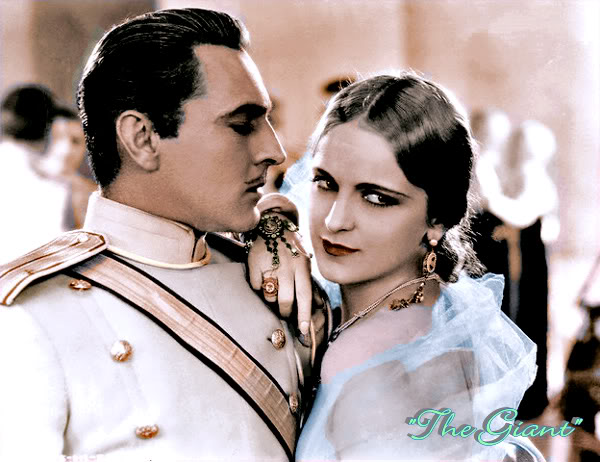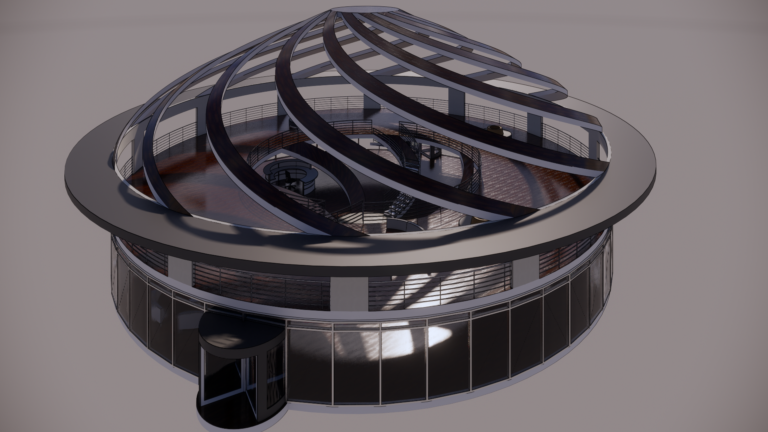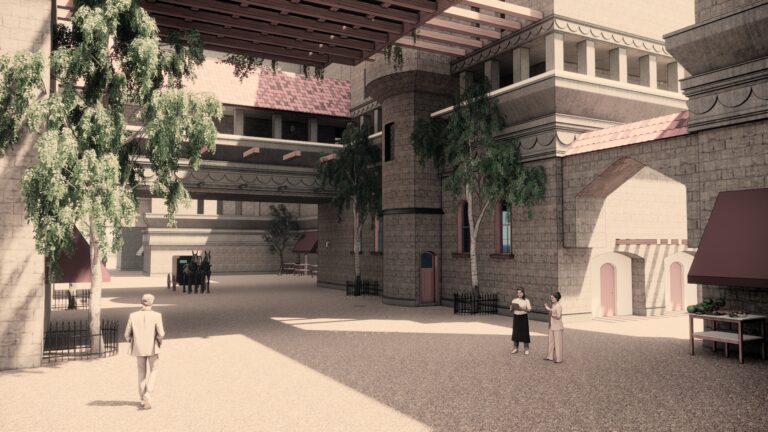Directed by Sam Taylor and featuring art direction by William Cameron Menzies, “The Tempest” (1928) offers a visual journey through the stark yet enchanting setting of Imperial Russia in 1914. The film’s art direction crafts a captivating backdrop for the characters’ evolving journeys.
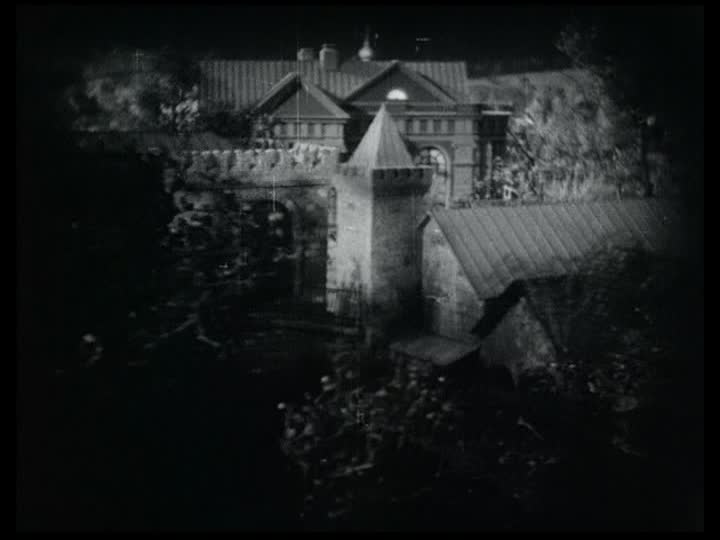
The opening scenes gracefully sweep over regal residential buildings and stone monasteries, setting the stage for what’s to come. The attention to detail becomes evident as the camera pans over the wooden cladding of a dilapidated peasant barracks, seamlessly transitioning from one setting to another. This meticulous assembly of the middle and background draws viewers into the story.
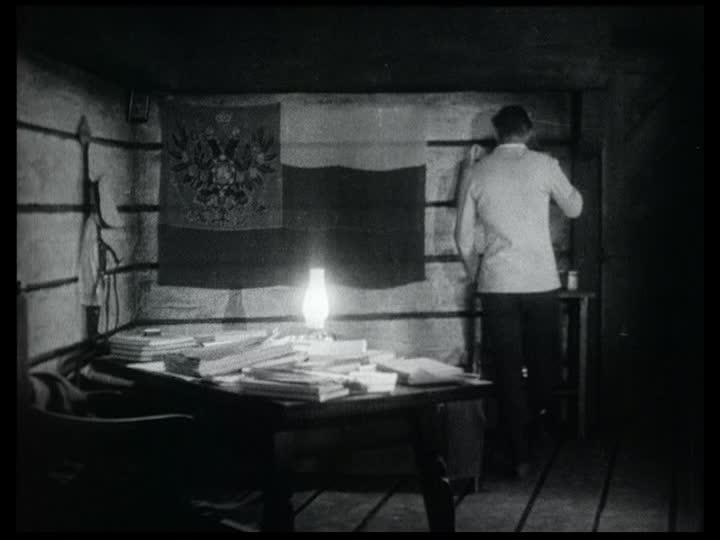
Amidst this richly layered backdrop, we follow Ivan Markov, portrayed as a dedicated man more concerned with his task than his comfort. The wood-paneled interior of his study exudes simplicity and functionality, reflecting his character’s principled nature. The room’s realism subtly contrasts with elements like painted wall flats and scattered leather-bound books, adding depth to the character’s portrayal.
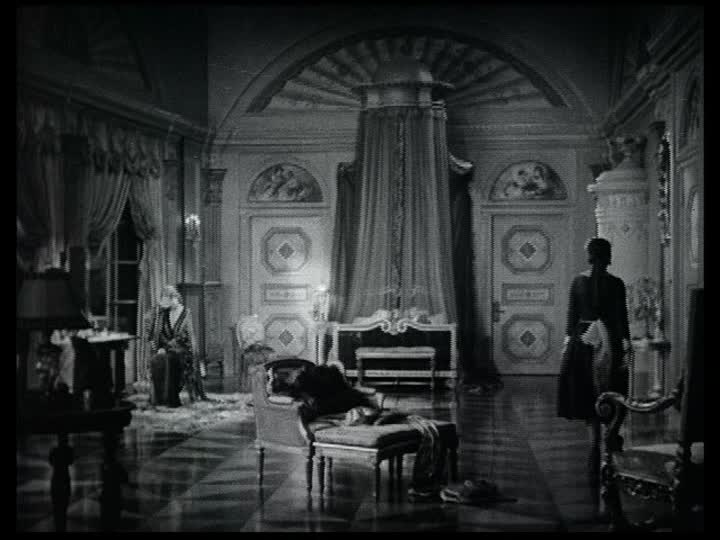
In contrast, the grandeur of the General’s quarters is a testament to aristocratic opulence. Lofty arches, gilded thrones, and towering ceilings underscore the stark contrast in social status. The examination room, where we meet the heroine, features platform tables that inspire respect for those seated upon them. The scenic design effectively underscores the contrast between Ivan’s humble origins and the ostentatious world of the aristocrats.
Princess Tamara’s room provides another visual treat with its lush, tactile qualities, from the silky canopy to geometrically tiled floors. It reflects her pampered life, contrasting sharply with the invasion of feelings brought on by her interactions with Ivan.
The scenic design beautifully supports the story’s emotional arcs and establishes a visually complex world. While competent in its portrayal of 1914 Russia, “The Tempest” might not dazzle with groundbreaking design elements. However, it successfully weaves the characters’ stories into the rich tapestry of their surroundings.
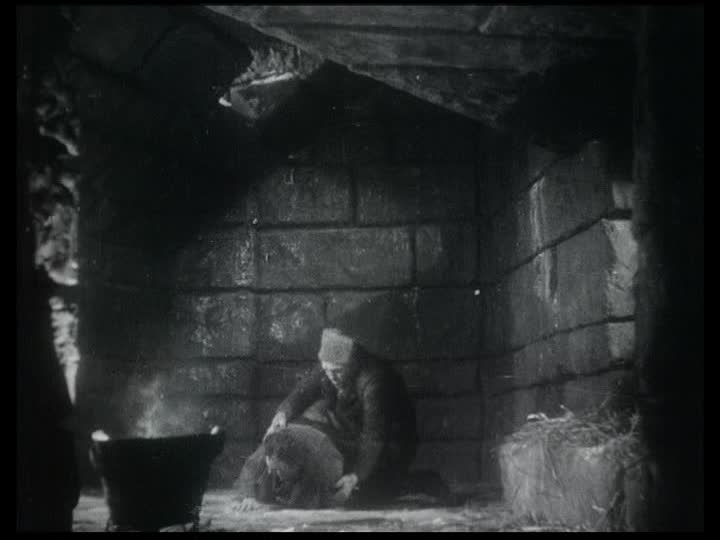
In the end, “The Tempest” receives a respectable rating of four out of ten scenic fitches, a testament to the film’s dedication to setting the stage for the characters’ transformative journeys.
